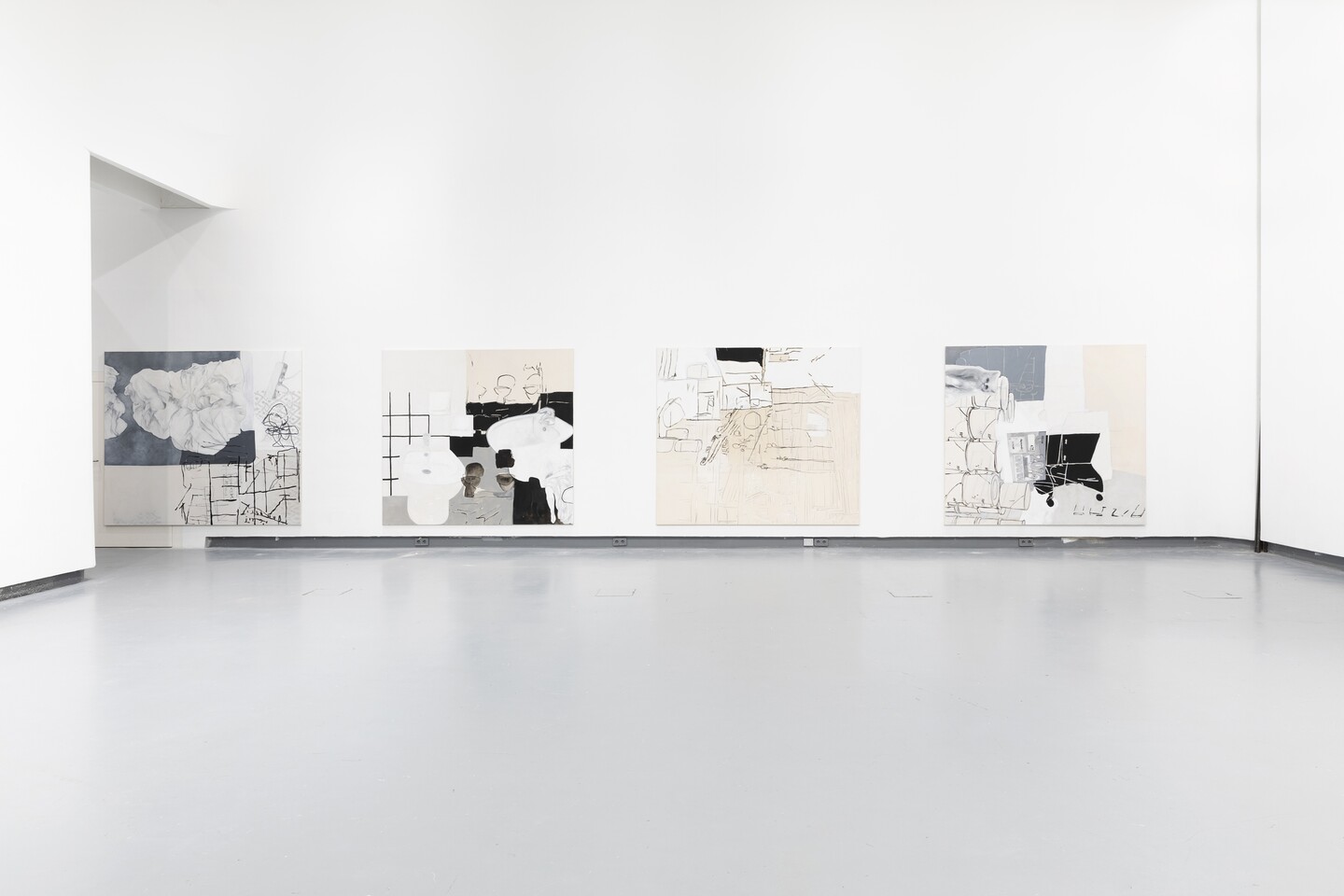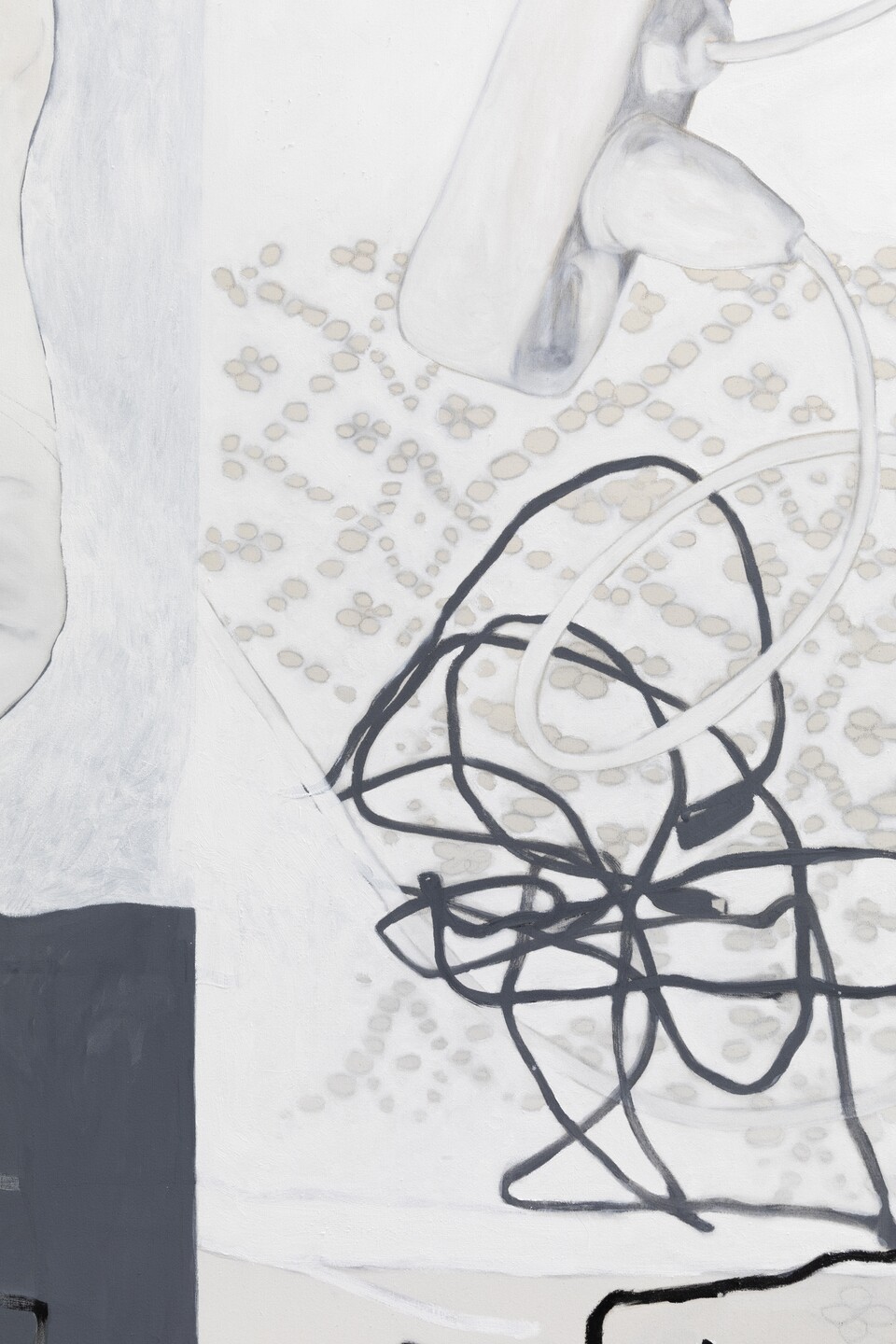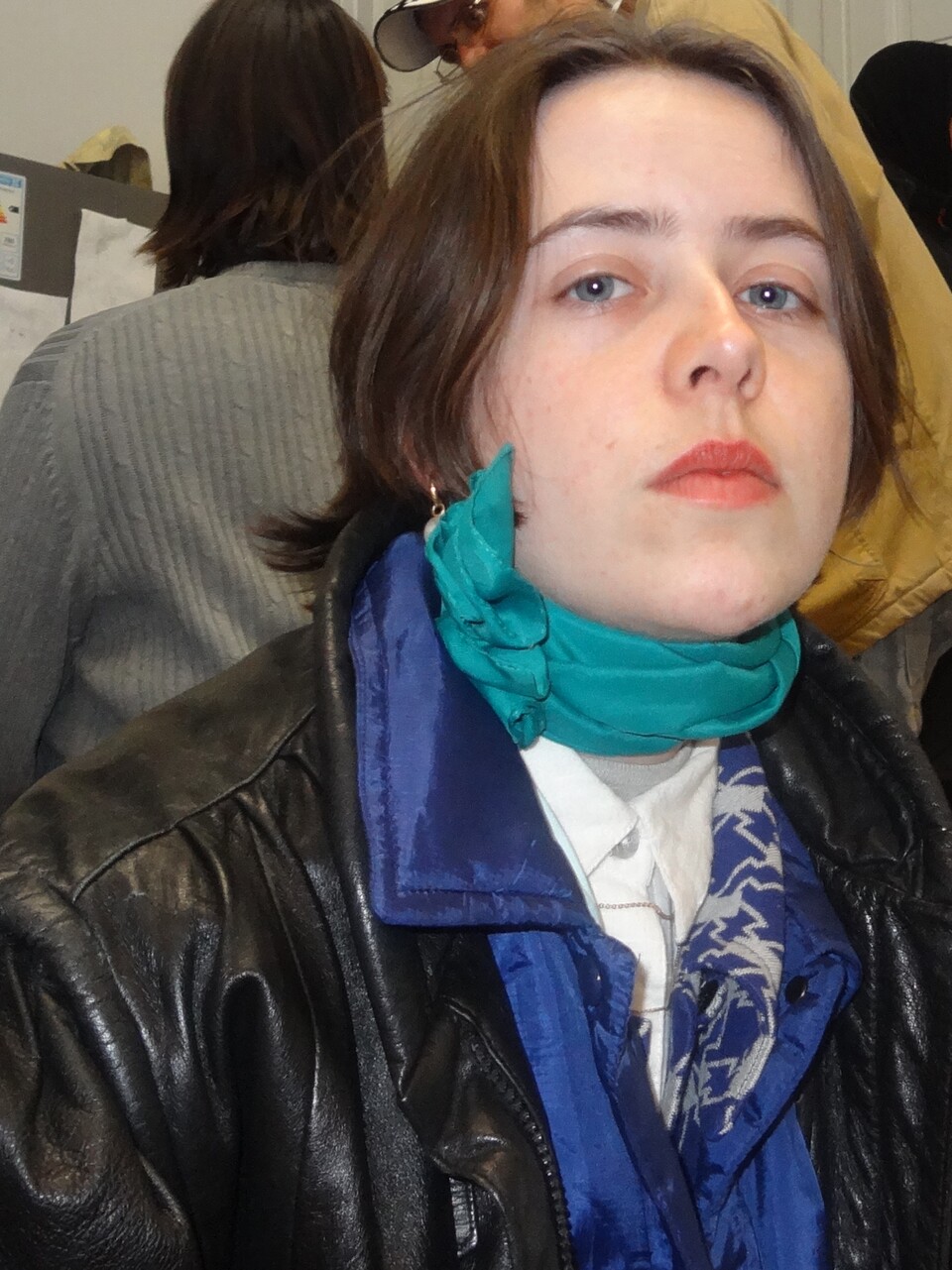Horst Janssen Graphic Art Prize 2024
Horst Janssen Graphic Art Prize of the Claus Hüppe Foundation
For the second time, the Hamburger Kunsthalle is the venue for the renowned Horst Janssen Graphic Art Prize of the Claus Hüppe Foundation. At the jury meeting on June 17, 2024, Fedele Maura Friede was chosen as the winner of the 8th Horst Janssen Graphic Art Prize.
- Read more
The Claus Hüppe Foundation has been awarding this highest endowed prize of 20,000 € to artists working in the field of drawing and printmaking.
After the prize had been awarded by the Horst Janssen Museum in Oldenburg for many years, the foundation wanted to »let the prize go on a journey«, bringing it to Hamburg in 2021 for the first time, where Horst Janssen lived and worked. The Hamburger Kunsthalle not only has the most extensive collection of works by the artist, but, based on numerous exhibitions in recent years, has also become a central venue for contemporary graphic art. The aim is to discover and promote young artists and new positions in this field in dialogue with art academies and universities. Thanks to the outstanding commitment of the Claus Hüppe Foundation, this idea is being generously promoted with the award of the Horst Janssen Graphic Art Prize. In a two-stage selection process, first professors are asked to propose young artists. Five personalities from the art and culture sector then nominate the prize winner from the nominated artists.
Seven artists were nominated for this year’s prize by distinguished professors from various art academies. Mentors and nominated artists:Prof. Daniel Roth (Staatliche Akademie der Bildenden Künste Karlsruhe): Wenzel Maria Binder
Prof. Dr. Beatrice von Bismarck (Hochschule für Grafik und Buchkunst Leipzig): Fedele Friede
Prof. Dr. Rosa Barba (former HfK Bremen; since 2023 ETH Zurich): Jonah Gebka
Prof. Ellen Gallagher (Kunstakademie Düsseldorf): Abdoul Karim Martens
Prof. Marietta Chirulescu (Kunstakademie Münster): Jan Prahm Miró
Prof. Rajkamal Kahlon (HFBK Hamburg): Sofia Seidi
Prof. Jimmy Robert (Universität der Künste Berlin): Ella WalkerThe jurors:
Dr. Catherine de Zegher (art historian, curator, art critic)
Dr. Alexander Klar (director Hamburger Kunsthalle)
Dr. Corinne Diserens (head of contemporary art collection - prints, drawings and photography, media, Hamburger Kunsthalle)
Dr. Dirk Dobke (director griffelkunst, Hamburg)
Rik Reinking (Woods Art Institute)
The award will be accompanied by an exhibition at the Hamburger Kunsthalle (March 28 to September 7, 2025) and a publication by the prize-winner:Fedele Maura Friede. 8th winner of the Horst Janssen Graphic Art Prize
Biography/ About the work:
Fedele Maura Friede was born in Holzminden in 1997 and grew up in Höxter and Karlsruhe. Between 2016 and 2024, she studied at the Academy of Visual Arts in Leipzig in the Class of Prof. Ingo Meller and Prof. Anne Speier. She graduated with distinction. She also spent some time at the Academy of Fine Arts Vienna and has been studying at the Institute of Cultural Studies at Leipzig University since 2020. She lives and works in Leipzig.In her work, she deals with the conditions of perception of space, time and body. In doing so, she uses various forms of expression that combine graphics, installation and text and allow them to enter into a dialogical relationship with each other.
The jury’s statement:
The Jury praises the interconnection of drawing, mapping, and writing as well as the telling of the world through a fragmented vision, which allows different ways of looking and constitutes an inner and outward oriented world. The quality of the work of Fedele Maura Friede lies in an inherent disorientation of her imagery through which it can evolve in different directions. Her drawings are constructed from all angles of the paperground, being read from all sides. Lines are redefined as to establish a sense of social space which opens up the dimension of the image and thus invite different modes of experiencing it.Fedele Maura Friede is involved with space and landscape, shifting between microcosmos and the grand panorama. Her work suggests a hidden narrative without being literal or following a storyline.



